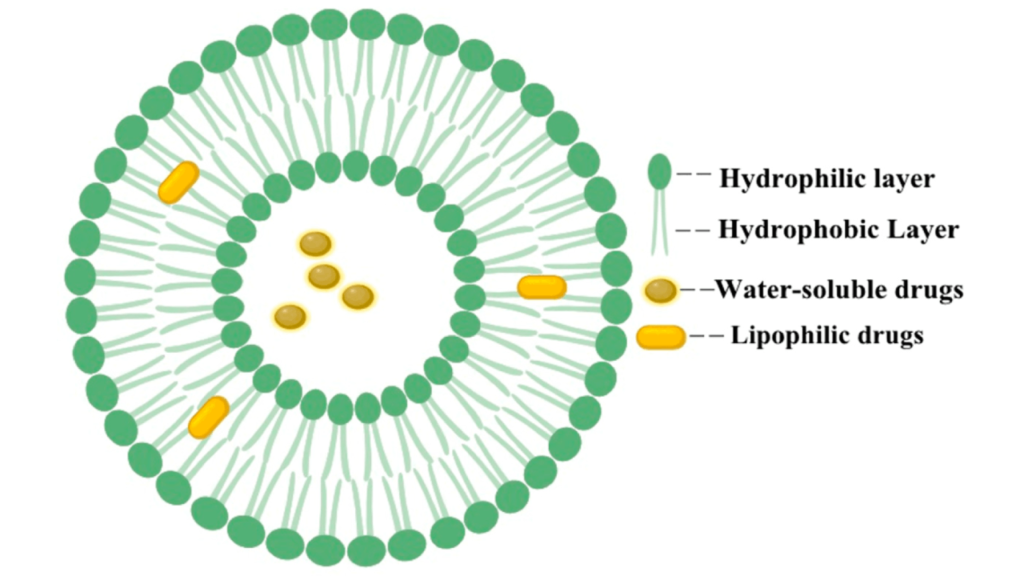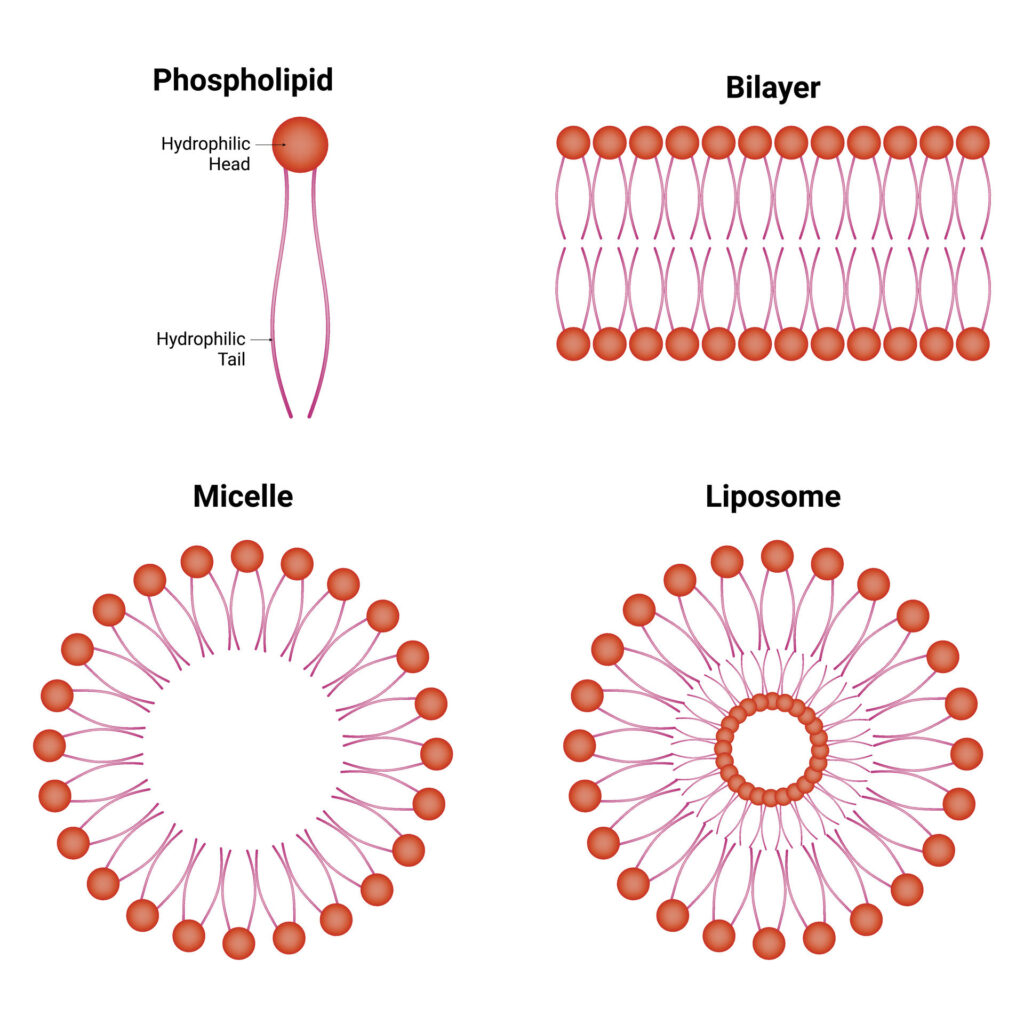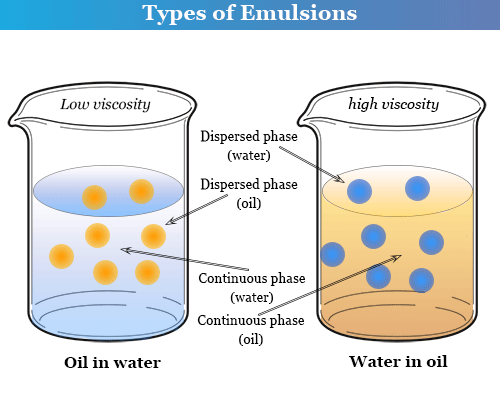Introduction: Why Delivery Systems Matter
When taking nutritional supplements, it’s not only about what’s inside the bottle, but also how effectively the body can absorb the nutrients. Advanced delivery systems like liposomes, micelles, and emulsions are designed to improve the bioavailability of active compounds. But which system works best? Understanding the differences can help brands, formulators, and consumers make better decisions.
This article breaks down the science behind these three technologies, compares their performance, and provides guidance on choosing the most effective system based on formulation needs.
1. What Are Liposomes?
Liposomes are nanoscale spherical vesicles made of phospholipid bilayers that mimic the structure of human cell membranes. They can encapsulate both water-soluble nutrients (in the aqueous core) and fat-soluble ones (within the lipid layer).
Advantages:
- Biocompatible and highly stable
- Protect sensitive ingredients from degradation in the digestive tract
- Improve absorption of poorly bioavailable compounds (e.g., glutathione, curcumin, NMN)
- Ideal size range: 80–200 nm

2. What Are Micelles?
Micelles are self-assembling nano-structures formed by surfactant molecules in water. The hydrophobic (fat-loving) parts face inward while the hydrophilic (water-loving) parts face outward, forming a sphere.
Advantages:
- Excellent at dispersing fat-soluble compounds in water-based formulas
- Commonly used for cannabinoids, CoQ10, essential oils
- Very small size (<100 nm) allows some absorption advantages
Drawbacks:
- Less stable in gastric fluids
- May break down before reaching the absorption site

3. What Are Emulsions?
Emulsions are mixtures of oil and water stabilized by emulsifiers. They can range in droplet size from over 1 micron (coarse) to under 100 nm (microemulsions).
Advantages:
- Cost-effective and simple to produce
- Suitable for oil-based vitamins (A, D, E, K)
- Widely used in functional beverages and food-grade formulations
Drawbacks:
- Susceptible to phase separation
- Less protective of active ingredients
- Not as effective in enhancing bioavailability as liposomes

4. Comparative Overview
| Feature | Liposomes | Micelles | Emulsions |
|---|---|---|---|
| Typical Size | 80–200 nm | <100 nm | 100 nm to >1 µm |
| GI Tract Stability | High | Moderate to Low | Variable |
| Ingredient Compatibility | Water & Fat-Soluble | Fat-Soluble Only | Fat-Soluble Only |
| Absorption Enhancement | Excellent | Good | Moderate |
| Production Cost | High | Moderate | Low |
| Shelf Stability | Moderate to High | Moderate | Variable |
5. When to Use Each Delivery Method
Liposomes
- Use when targeting ingredients with low natural bioavailability (e.g., NMN, glutathione)
- Ideal for dual delivery of water- and fat-soluble nutrients
- Suitable for premium health products requiring clinical-grade efficacy
Micelles
- Best for clear liquid supplements using fat-soluble ingredients
- Practical when ingredient stability is less critical
- Often chosen for water-based tinctures or sprays
Emulsions
- Good choice for mass-market beverages or economical formulations
- Useful for vitamins that do not require enhanced absorption
- Ideal when cost and simplicity are primary drivers
Conclusion: Pick Your Platform Wisely
Each delivery method offers unique advantages, but liposomal technology remains the benchmark for improving nutrient stability and absorption. Micelles provide a middle ground for specific applications, while emulsions remain the simplest and most cost-effective option.
By understanding the scientific and practical differences, supplement brands can align product development with efficacy expectations—delivering better outcomes for consumers.